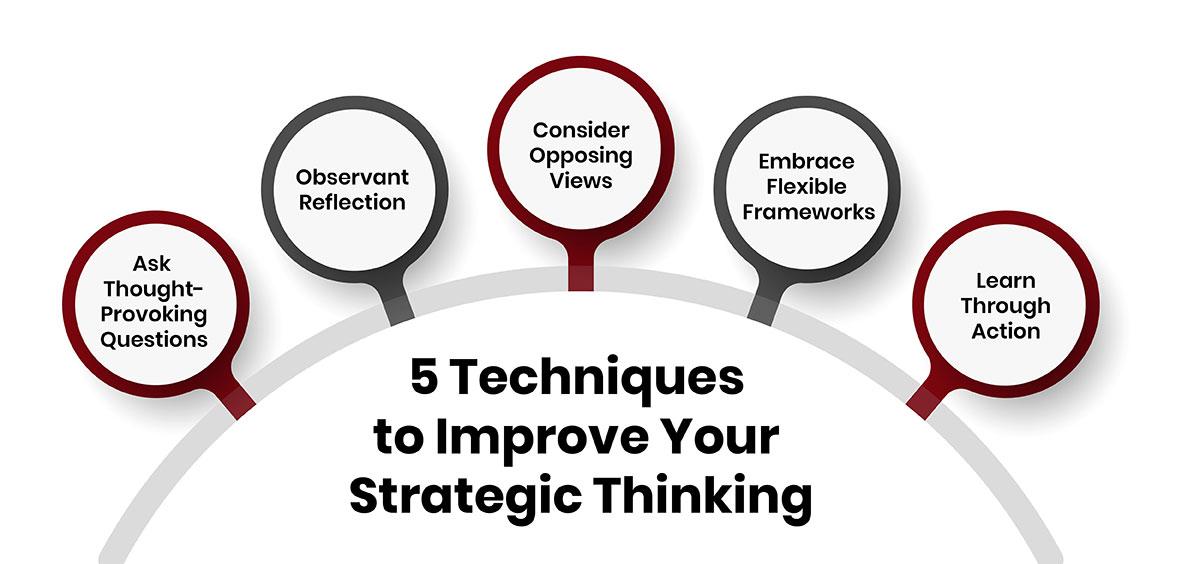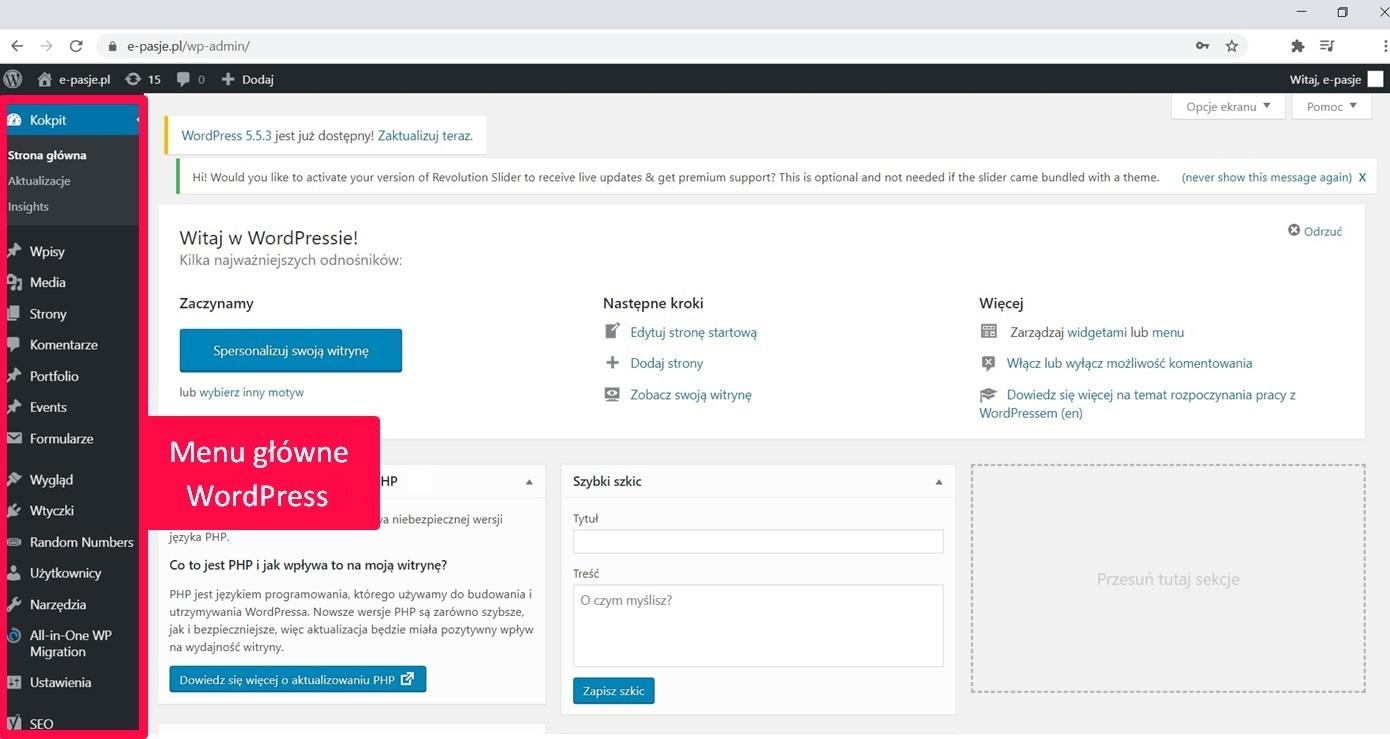In today’s fast-paced digital marketplace, where trends shift at teh speed of light and consumer preferences can change overnight, strategic thinking isn’t just an asset—it’s a necessity. If you’re running an e-commerce business, you’ve probably felt the pressure to keep up with the competition while also trying to maximize your revenue. But what if I told you that the secret sauce to skyrocketing your sales lies not in following the latest marketing fads but in honing your strategic thinking skills?
In this article, we’re going to dive into how a well-crafted strategy can transform your e-commerce operations and ultimately boost your bottom line. From understanding your target audience to refining your product offerings, we’ll explore the essential elements of strategic thinking that can set you apart from the crowd. So, grab a cup of coffee, sit back, and let’s unlock the potential within your e-commerce venture together!
Understanding Strategic Thinking in E-commerce
In the rapidly evolving world of e-commerce, strategic thinking is not just a buzzword; it’s a vital component that can set brands apart in a crowded marketplace. This mindset allows businesses to anticipate market trends, understand customer preferences, and craft tailored experiences that resonate with their audience. When executed effectively, strategic thinking can drive revenue growth and enhance customer loyalty, ultimately translating into long-term success.
At the heart of strategic thinking is the ability to analyze data and draw insights that inform decision-making. by leveraging analytics tools, e-commerce businesses can:
- Understand consumer behavior: Knowing what drives a customer’s decision can help in personalizing marketing efforts.
- Optimize inventory management: Strategic foresight can minimize overstock and stockouts, ensuring that the right products are always available.
- Enhance user experience: Analyzing customer feedback allows companies to refine their website and shopping processes.
Moreover, strategic thinking fosters innovation in product offerings and marketing strategies.E-commerce brands can benefit from staying ahead of the competition by introducing new products or services that meet the evolving needs of their customers. Such as, the integration of subscription models or exclusive online offerings can create new revenue streams and cultivate a loyal customer base. It’s all about thinking several steps ahead and identifying opportunities that others may overlook.
Collaboration is another key element of strategic thinking. In an e-commerce environment, cross-functional teams—including marketing, sales, and customer service—must work cohesively to execute a unified strategy. This collaborative approach ensures that everyone is aligned with the company’s goals and can contribute their unique insights. It leads to:
| Team | Contribution to Strategy |
|---|---|
| Marketing | Data-driven campaigns targeting specific consumer segments. |
| Sales | Feedback on customer preferences to adjust offerings. |
| Customer Service | Insights into common issues that can inform future product advancement. |
strategic thinking is the backbone of a successful e-commerce operation. It allows businesses to navigate the complexities of the digital marketplace with agility and foresight. By embracing this approach, e-commerce brands not only drive revenue growth but also build a resilient foundation that can adapt to change, ensuring sustainable success in the future.
The link Between Strategic Planning and Profitability
Strategic planning serves as the backbone of any successful business, especially in the fast-paced world of e-commerce. It provides a clear roadmap to navigate the complexities of market demands, consumer behavior, and competitive landscapes. When executed effectively, this planning catalyzes profitability by aligning organizational goals with actionable strategies.
One key aspect of strategic planning is the ability to forecast and adapt to changes in customer preferences and market trends. Businesses that proactively analyze data and trends can:
- Identify new opportunities for product development or expansion.
- Optimize pricing strategies based on market demand.
- Enhance customer engagement through targeted marketing efforts.
Additionally, strategic planning fosters operational efficiency. By outlining clear objectives and resource allocations, companies can streamline their processes, reduce waste, and improve productivity. This efficiency not only saves costs but also ensures that every team member is aligned and working towards common goals. The result? Increased output that drives revenue growth.
Moreover, integrating technology into strategic planning can exponentially boost profitability. Utilizing tools such as data analytics and customer relationship management systems enables e-commerce businesses to gain deeper insights into consumer behavior and preferences. By leveraging these insights, companies can tailor their marketing strategies, leading to higher conversion rates and increased sales.
To summarize, the synergy between strategic planning and profitability is undeniable. By investing time and resources into effective planning, e-commerce businesses can unlock a treasure trove of opportunities that lead to sustained growth and profitability.
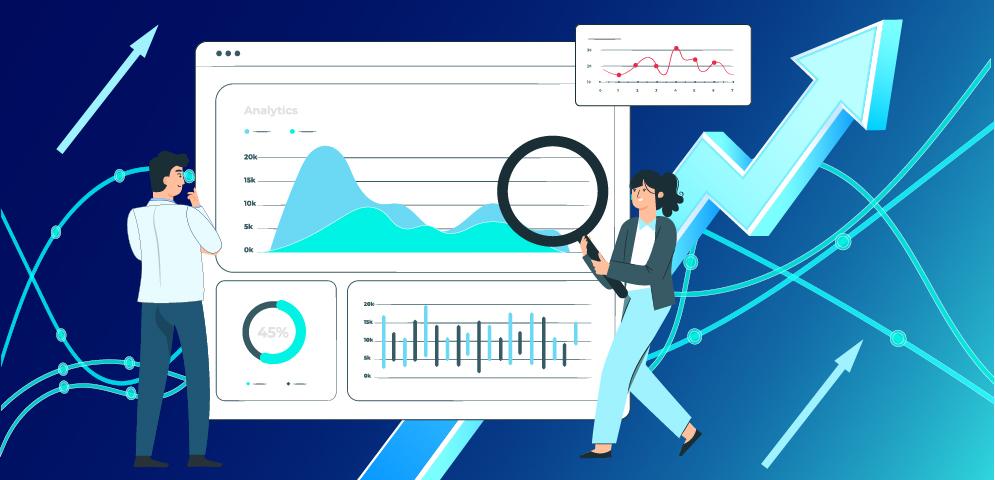
Identifying Market Trends to Drive Revenue Growth
To maintain a competitive edge in the eCommerce landscape, businesses must be adept at identifying and capitalizing on market trends. By staying ahead of the curve, brands can tailor their offerings to align with consumer preferences, ultimately driving revenue growth. Here are some key strategies for recognizing and leveraging these trends:
- Conduct Regular Market Research: Engaging in surveys, focus groups, and social media analysis can provide valuable insights into shifting consumer behaviors and preferences.
- Utilize Analytics Tools: Implementing advanced analytics tools enables businesses to track user behavior, sales patterns, and emerging trends in real-time.
- Monitor Competitors: Keeping an eye on what competitors are doing helps to identify market gaps and opportunities for differentiation.
- Engage with Customers: Actively soliciting feedback and fostering open dialog with customers can reveal valuable insights about their needs and expectations.
Another effective approach is to analyze macroeconomic factors that influence consumer spending. Factors such as economic downturns, technological advancements, and changes in regulations can significantly impact market dynamics. Staying informed about these external influences allows businesses to adapt their strategies accordingly,positioning them to seize new opportunities as they arise.
Moreover, recognizing seasonal trends and cultural shifts can definitely help businesses time their marketing campaigns for maximum impact. As an example, launching a new product line ahead of a holiday season or aligning promotions with trending social movements can enhance brand relevance and drive sales.
Lastly, fostering a culture of innovation within the institution is crucial for ongoing success.Encouraging employees to contribute ideas and solutions can lead to the development of unique products or services that resonate with current market demands. An engaged and innovative team is often the backbone of a company’s ability to pivot quickly and effectively in response to trends.
| Trend Type | description | Example |
|---|---|---|
| Consumer Preferences | Shifts in what customers value, such as sustainability or personalization. | Eco-friendly packaging. |
| Technology | Advancements that change how consumers shop, like mobile commerce. | Augmented reality fitting rooms. |
| Social Trends | Cultural movements that influence purchasing decisions. | Support for minority-owned businesses. |
Leveraging Data Analytics for Informed Decision-Making
in today’s fast-paced e-commerce landscape, the ability to harness data analytics is not just a competitive advantage; it’s a necessity. Businesses that prioritize data-driven strategies can uncover actionable insights that drive revenue growth. By analyzing customer behavior, market trends, and operational performance, companies can make informed decisions that lead to increased profitability.
Here are some key areas where data analytics can significantly impact decision-making:
- Customer Insights: understanding who your customers are and what they want is crucial. Analytics tools can segment customers based on purchasing behavior, allowing for more targeted marketing campaigns.
- Product Performance: By tracking sales data and inventory levels, businesses can identify which products are performing well and which are not. This enables you to optimize your product offerings and manage stock levels effectively.
- Market Trends: Staying ahead of market trends is vital for e-commerce success. Data analytics can definitely help businesses spot emerging trends and adapt their strategies accordingly,ensuring they remain relevant.
- Operational Efficiency: Analyzing internal processes helps identify bottlenecks and inefficiencies. Streamlining operations can reduce costs and improve the customer experience.
the integration of predictive analytics further enhances decision-making capabilities. By leveraging historical data, businesses can forecast future trends and consumer behaviors. This foresight allows e-commerce companies to proactively adjust their strategies, from inventory management to marketing campaigns. For example, a retail brand may notice that certain products see increased demand during specific seasons, enabling them to stock up and promote those items accordingly.
To illustrate the impact of data analytics on revenue, consider the following table showcasing hypothetical revenue growth before and after implementing a data-driven strategy:
| Quarter | Revenue before Analytics ($) | Revenue After Analytics ($) |
|---|---|---|
| Q1 | 50,000 | 70,000 |
| Q2 | 60,000 | 90,000 |
| Q3 | 55,000 | 85,000 |
| Q4 | 70,000 | 110,000 |
This table demonstrates a consistent increase in revenue after adopting a strategic, data-driven approach. The results speak for themselves: leveraging data analytics not only leads to smarter decisions but also boosts the bottom line. In an era where data is abundant, those who fail to utilize it effectively risk falling behind their competitors.
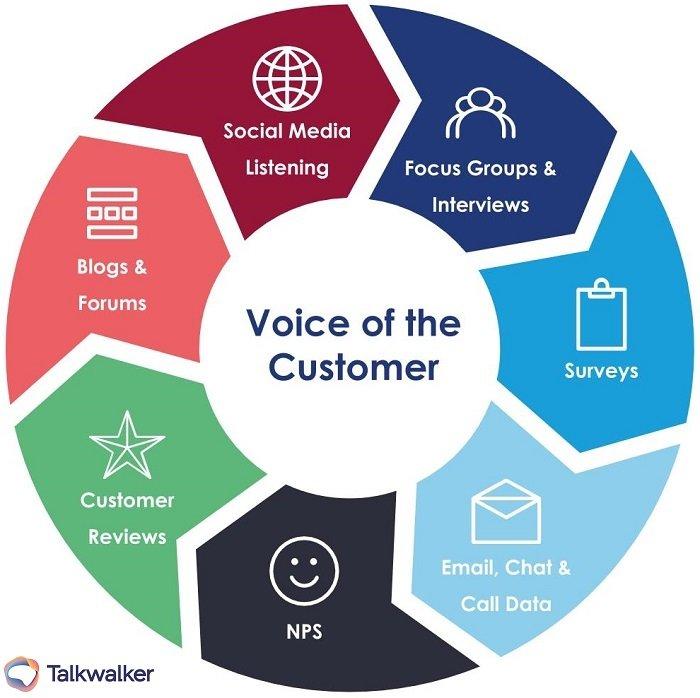
Crafting a Customer-Centric Strategy for Lasting Impact
In today’s fast-paced e-commerce landscape, a customer-centric strategy is no longer just a nice-to-have; it’s a necessity for sustainable growth.Understanding your customers’ needs, preferences, and pain points allows businesses to craft experiences that resonate deeply. By placing customers at the heart of your strategic planning, you can create a competitive edge that not only drives revenue but also fosters lasting loyalty.
One of the first steps in developing a customer-centric strategy is to invest in data analytics. By leveraging tools that provide granular insights into customer behavior, you can identify trends that inform your marketing, product development, and customer service approaches.Consider focusing on:
- Customer demographics: Age, gender, location, and purchasing behavior.
- Feedback mechanisms: Reviews, surveys, and social media sentiment analysis.
- Sales patterns: High-performing products and seasonal trends.
next, prioritize personalization. Customers are more likely to engage with brands that tailor their offerings to individual preferences. This can be achieved through targeted email campaigns,personalized product recommendations,and customized shopping experiences that make each customer feel valued. Implementing a robust CRM (Customer Relationship Management) system can facilitate this level of personalization effectively.
Another crucial component is to foster a culture of customer feedback. Regularly soliciting and acting on customer input not only builds trust but also signals to your audience that their opinions matter. Create a clear communication channel where customers can voice their thoughts, and ensure that their feedback is acknowledged and utilized to make tangible improvements.
integrate your customer-centric approach across all departments. From marketing to logistics, every team should align with the overarching goal of enhancing the customer experience.Establishing cross-functional teams can help break down silos and ensure that the entire organization is focused on delivering value to the customers.
| Strategy | Impact |
|---|---|
| Data Analytics | Actionable insights for targeted offerings |
| Personalization | Increased engagement and conversion rates |
| Customer Feedback | Improved products and services |
| Cross-Department Collaboration | Unified customer experience |
Integrating Multi-Channel Approaches for Broader reach
In today’s fast-paced digital landscape, businesses are no longer confined to a single channel for reaching their audience. Integrating multi-channel strategies enables brands to create a cohesive and engaging customer journey. By tapping into various platforms, companies can amplify their message and expand their reach significantly. Imagine your brand not only being present on an e-commerce site but also actively engaging customers through social media,email marketing,and even offline channels.
Consider the following channels that can be effectively integrated for a holistic approach:
- Social Media: Use platforms like Instagram and Facebook to showcase products,offer promotions,and interact with customers.
- Email Marketing: Send personalized offers and product recommendations directly to your audience’s inbox.
- Content Marketing: Create valuable content such as blogs,videos,or podcasts that resonate with your target demographic.
- Influencer Collaborations: Partner with influencers who align with your brand to reach new audiences authentically.
- Offline Outreach: Don’t underestimate the power of customary marketing methods, such as print ads or events, to drive traffic to your online store.
By leveraging these channels, businesses can create a seamless experience that encourages customers to engage with the brand across multiple touchpoints. For example, a customer might discover a product via a social media ad, receive an email with a discount code, and subsequently make a purchase through the brand’s website. This interconnectedness not only boosts brand awareness but also fosters loyalty as customers feel more connected to the brand.
To visualize the impact of a multi-channel approach, consider the following table:
| Channel | Benefits | Example Impact |
|---|---|---|
| Social Media | Engagement, Brand Awareness | 25% increase in traffic |
| Email Marketing | Direct Communication, Personalization | 15% boost in sales |
| Content Marketing | Establish Authority, Lead Generation | 30% increase in leads |
| Influencer marketing | Wider Audience Reach | 40% growth in followers |
| Offline Marketing | Community Engagement, Trust | 10% rise in foot traffic |
Ultimately, a multi-channel approach not only broadens reach but also enhances the overall customer experience. In a world where consumers are constantly bombarded with details, being present in multiple spaces allows brands to stand out. The key lies in creating a strategy that is consistent across all channels while also allowing for flexibility and adaptation based on customer behavior and feedback. This is where strategic thinking truly fuels e-commerce revenue.

Building a Strong Brand Identity to Enhance Loyalty
In the competitive landscape of e-commerce, establishing a strong brand identity is not just beneficial; it’s essential.A well-defined brand resonates with consumers,creating an emotional connection that can significantly enhance customer loyalty. When customers feel aligned with your brand’s values and mission, they are more likely to choose your products over competitors’, even in a crowded marketplace.
To cultivate this connection, consider the following strategies:
- Consistency Across channels: Ensure that your branding is uniform across all platforms—social media, website, packaging. This consistency builds recognition and trust.
- Storytelling: share your brand’s story. Communicate what drives you, your mission, and the values you stand for. Authentic stories resonate with customers, making your brand memorable.
- Visual Identity: Invest in a compelling logo, color palette, and typography. These elements not only represent your brand visually but also evoke emotions and perceptions that can influence purchasing decisions.
Another critical aspect is understanding your target audience. Conduct thorough research to identify their preferences, lifestyles, and pain points. By tailoring your messaging and product offerings to meet their needs, you create a sense of belonging among your customers, boosting loyalty significantly.
| Brand Element | Customer Impact |
|---|---|
| Logo | Instant recognition |
| Color Scheme | Emotional response |
| Tagline | Memorable messaging |
Ultimately, a strong brand identity not only differentiates you from competitors but also fosters a community of loyal customers who advocate for your brand. As you integrate strategic thinking into your branding efforts, you’ll likely see an increase in customer retention and revenue, reinforcing the idea that a well-crafted brand identity is a powerful catalyst for success in the e-commerce realm.
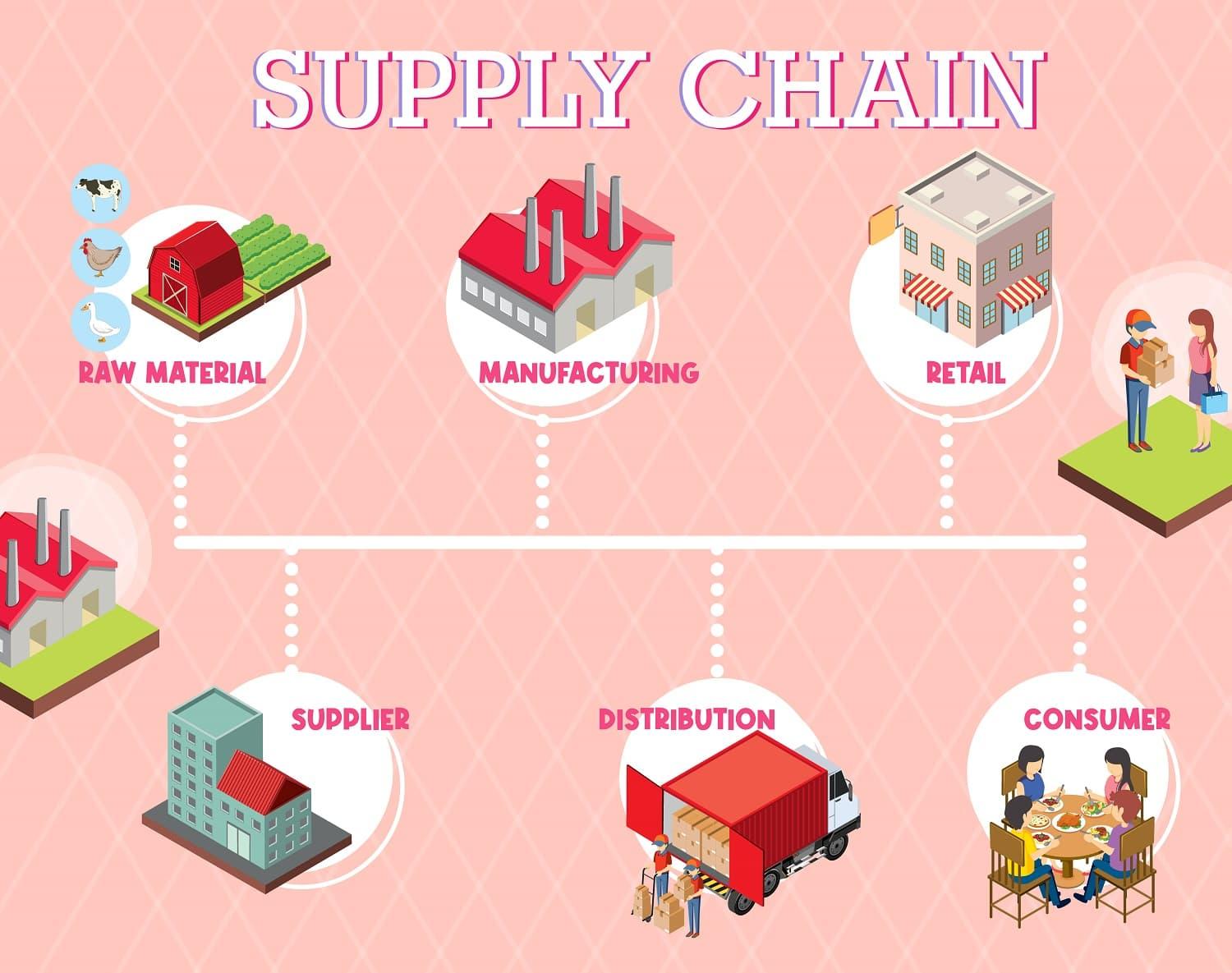
Optimizing Your Supply Chain for Maximum Efficiency
In today’s fast-paced e-commerce landscape,streamlining your supply chain is not just an option; it’s a necessity for driving revenue growth. Companies that harness the power of strategic thinking can uncover numerous avenues to enhance their supply chain efficiency, ultimately leading to increased customer satisfaction and improved profit margins.
Data-Driven Decision Making: One of the most effective ways to optimize your supply chain is by utilizing data analytics. By analyzing historical sales data, inventory levels, and customer trends, you can make informed decisions that can help you:
- Anticipate demand fluctuations.
- Minimize excess inventory.
- Improve order fulfillment times.
Collaboration with Suppliers: Building strong relationships with your suppliers is essential.When both parties work closely together, they can share insights and forecasts that lead to enhanced efficiency. Consider implementing:
- Joint planning sessions.
- Shared inventory management systems.
- Collaborative logistics strategies.
Automating Processes: Leveraging technology to automate repetitive tasks can significantly reduce lead times and labor costs. From automated order processing to real-time tracking systems, automation can definitely help you:
- Reduce human error.
- Enhance operational speed.
- Free up resources for strategic initiatives.
| Strategy | benefit |
|---|---|
| Data Analytics | Improved demand forecasting |
| Supplier Collaboration | Stronger partnerships and flexibility |
| Automation | Increased efficiency and reduced costs |
By embracing these strategies, businesses can not only enhance their supply chain efficiency but also fuel their e-commerce revenue. Adopting a proactive, strategic approach ensures that your operations are not just keeping up with the market but thriving within it.
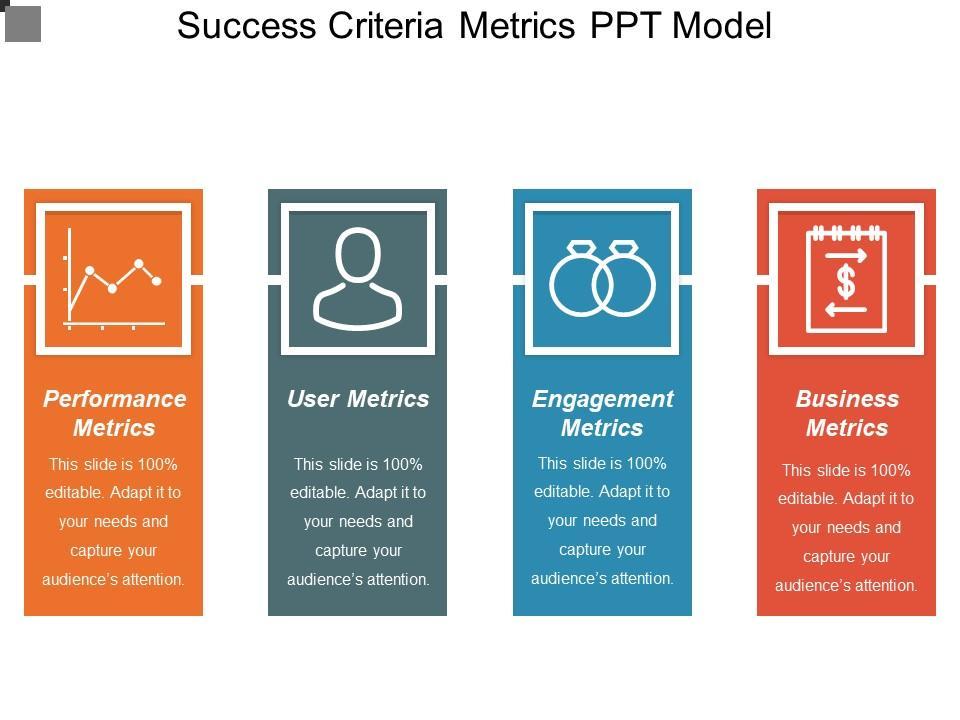
Measuring Success: Key Metrics to Monitor and Adjust
In the fast-paced world of e-commerce, understanding your performance metrics is like having a treasure map guiding you toward greater profits. by consistently monitoring key indicators, you can uncover insights that allow you to pivot strategies, optimize operations, and ultimately drive revenue. Here are some essential metrics that demand your attention:
- Conversion Rate: This metric tells you how many visitors to your site are making purchases. A low conversion rate could signal various issues,from ineffective marketing to a elaborate checkout process that needs streamlining.
- Average Order Value (AOV): Tracking this figure helps you gauge how much customers spend during a single transaction. Strategies like upselling or bundling products can be effective ways to boost AOV.
- Customer Acquisition Cost (CAC): Knowing how much you spend to acquire a new customer is essential. A high CAC compared to the customer lifetime value (CLV) can indicate inefficiencies in marketing efforts.
- Cart Abandonment Rate: This metric can provide insight into potential issues within your shopping experience. Analyzing this data can help you identify opportunities to improve the checkout process.
- Return on Investment (ROI): Whether it’s for marketing campaigns or product launches, regularly checking your ROI can keep your spending in check and ensure that you’re investing in strategies that yield returns.
It’s important not to view these metrics in isolation. They are interconnected, and changes in one can influence others. Such as, if you improve your site’s user experience, you may notice a rise in your conversion rate, which can subsequently lead to an increase in average order value. Regularly analyzing these relationships can provide a more holistic view of your business performance.
next, consider implementing a dashboard that allows you to visualize these metrics in real-time. This will not only help you stay on top of performance but also empower your team to make data-driven decisions quickly. A well-structured table can provide a snapshot of these key metrics:
| Metric | Current Value | Last Month | Trend |
|---|---|---|---|
| Conversion Rate | 2.5% | 2.2% | ↑ |
| Average Order Value | $75 | $70 | ↑ |
| Customer Acquisition Cost | $30 | $32 | ↓ |
| Cart Abandonment Rate | 68% | 70% | ↓ |
| Return on Investment | 400% | 350% | ↑ |
remember that success isn’t static. It requires constant monitoring and adjustment based on the data you gather. By focusing on these key metrics and employing a strategic mindset, you position your e-commerce business not just to survive, but to thrive in a competitive marketplace.
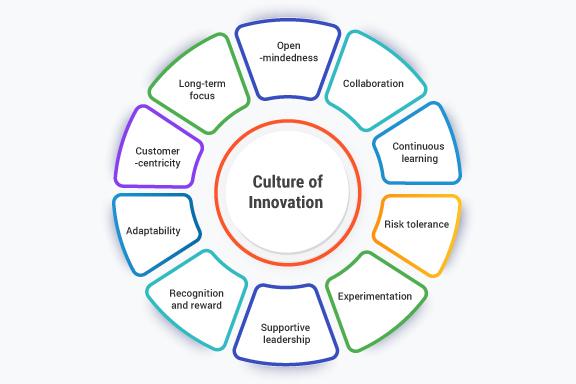
Cultivating a Culture of Innovation for Continuous Improvement
In today’s fast-paced digital landscape, fostering a mindset that embraces creativity and experimentation is crucial for e-commerce businesses aiming to stay ahead. The essence of a thriving innovation culture lies in empowering teams to think strategically, explore new ideas, and continuously refine existing processes. When employees feel encouraged to contribute their unique perspectives, it paves the way for fresh solutions that can significantly enhance revenue.
One effective method to cultivate such an atmosphere is through regular brainstorming sessions, where team members from various departments come together to share insights and propose new initiatives. These gatherings not only spark innovative ideas but also promote cross-functional collaboration, leading to well-rounded strategies that cater to diverse customer needs. Here are some key elements to incorporate in these sessions:
- Open Communication: Encourage honest feedback without fear of criticism.
- Diverse Depiction: Involve individuals from different backgrounds and departments.
- Time-Bound Challenges: Set specific goals to inspire focused creativity.
Moreover, implementing a structured approach to innovation can yield significant results. Consider establishing a framework that includes regular assessments of new ideas and strategies. This can be achieved through:
| Framework element | Description |
|---|---|
| Idea Submission | A platform for employees to submit ideas for review. |
| Evaluation Metrics | Criteria to assess the potential impact and feasibility of ideas. |
| Implementation Teams | Dedicated groups to develop and test new initiatives. |
By integrating this structured approach, companies can not only track which ideas are worth pursuing but also foster a sense of ownership among employees. When team members see their contributions lead to tangible improvements, they become more invested in the overall success of the organization. This investment often translates into higher morale, reduced turnover, and ultimately, increased revenue.
organizations should celebrate successes and learn from failures. Highlighting wins reinforces the belief that innovation is valued,while analyzing setbacks provides invaluable lessons for future attempts. Creating a culture that views challenges as opportunities for growth will ensure that e-commerce businesses remain agile and responsive to market demands,thereby driving continuous improvement and profitability.
Frequently Asked Questions (FAQ)
Q&A: How Strategic Thinking Fuels Ecom Revenue
Q: What do you meen by strategic thinking in the context of eCommerce?
A: Great question! Strategic thinking in eCommerce involves planning and decision-making that align with long-term goals. it’s about understanding market trends, customer behavior, and competitive landscapes. Instead of just reacting to what’s happening right now, businesses that employ strategic thinking anticipate changes and position themselves to capitalize on emerging opportunities.
Q: Why is strategic thinking particularly critically important for eCommerce businesses?
A: The eCommerce landscape is incredibly dynamic. Trends can shift overnight, and consumer preferences evolve rapidly. Strategic thinking helps businesses stay ahead of the curve by making informed decisions, which can lead to increased sales, better customer retention, and overall growth.It’s the difference between being reactive and proactive.
Q: Can you give me an example of how strategic thinking can directly impact revenue?
A: Absolutely! Let’s say an eCommerce company notices an increase in demand for eco-friendly products. A strategic thinker would not only recognize this trend but would also prioritize sourcing sustainable products, revamping marketing strategies to highlight eco-friendliness, and even engaging with customers who value sustainability. By aligning their offerings with customer interests, they can significantly boost their revenue.
Q: How can small eCommerce businesses implement strategic thinking?
A: Small businesses can start by defining their unique value proposition and identifying their target audience. They should analyze data regularly—think sales trends, customer feedback, and website analytics—to inform their strategies. Also, setting clear, measurable goals can help guide their actions. Strategic thinking doesn’t require a big budget; it’s about using insights wisely!
Q: What role does market research play in strategic thinking for eCommerce?
A: Market research is crucial! It provides the insights and data needed to make informed decisions. By understanding competitors, customer demographics, and market trends, eCommerce businesses can tailor their strategies effectively. This research lays the groundwork for initiatives that can drive revenue—like product launches or promotional campaigns.
Q: How can an eCommerce business measure the success of its strategic thinking?
A: Tracking key performance indicators (KPIs) is essential. Metrics like conversion rates, average order value, customer acquisition cost, and customer lifetime value can give insights into how well strategies are working. Regularly reviewing these KPIs allows businesses to adjust their strategies in real time and continue fueling revenue growth.
Q: What’s the biggest takeaway for eCommerce businesses looking to boost their revenue through strategic thinking?
A: The biggest takeaway is to embrace a forward-thinking mindset.Businesses should view strategic thinking as an ongoing process, not a one-time task.By staying adaptable, informed, and aligned with customer needs, eCommerce companies can not only increase their revenue but also build a loyal customer base that helps sustain long-term success.
Q: Any final tips for eCommerce entrepreneurs?
A: Definitely! Stay curious and continuously seek feedback. Engaging with your audience can provide invaluable insights. Also, don’t be afraid to take calculated risks—after all, the eCommerce world rewards innovation. Remember, strategic thinking isn’t just a skill; it’s a mindset that can open doors to amazing opportunities!
The Conclusion
As we wrap up our deep dive into how strategic thinking fuels e-commerce revenue, it’s clear that adopting a thoughtful approach to your business can be a game changer. Remember,it’s not just about having a great product or running flashy ads; it’s about understanding your market,anticipating trends,and making informed decisions that drive growth.
So, as you head back to your business strategy, ask yourself: Are you thinking strategically? Are you leveraging data and insights to inform your decisions? Whether you’re just starting out or looking to scale, incorporating strategic thinking into your e-commerce playbook can position you for success.Now is the time to embrace a mindset that prioritizes long-term goals over short-term gains. Take that leap, and watch your revenue soar as you navigate the ever-evolving landscape of e-commerce with confidence. After all, in a world that’s constantly changing, the businesses that thrive are the ones that plan for the future today.
So, what’s your next strategic move? Let’s get started!

